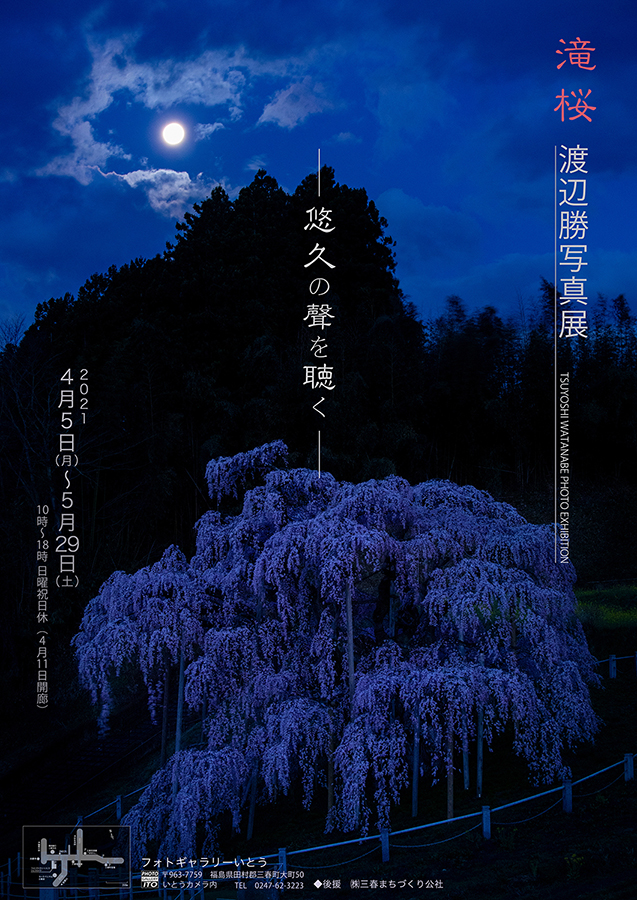

2011年11月20日 撮影
ピースポール
猪苗代町 土津神社
MAY PEACE PREVAIL ON EARTH
「世界人類が平和でありますように」
■ピースポール
ピースポールとは、「世界人類が平和でありますように」という言葉が書かれたポール。英語の《May Peace Prevail on Earth》をはじめとして、世界各国語にも翻訳されている。平和のシンボルとして日本各地、世界各国の神社・お寺・教会・モスク・公園等、さらに国連本部、世界銀行、アラブ連盟本部などの国際機関にも建立されている。
■Peace pole
A Peace Pole is a monument that displays the message “May Peace Prevail on Earth” in the language of the country where it has been placed, and usually 3 to 5 additional translations. The message is referred to as a peace prayer.
The idea of Peace Poles was first thought up by Masahisa Goi in 1955 in Japan. The Peace Pole Project today is furthered by The World Peace Prayer Society. The first Peace Poles outside Japan were constructed in 1983. Since then, more than 100,000 have been placed around the world in over 180 countries.
Peace Poles are made of many materials in varying sizes, from tall granite poles to small wooden ones. The text might be carved or etched or painted. In some cases it merely is a plastic sign attached with screws.
Peace Poles have been placed in such notable locations as the North Magnetic Pole, the Hiroshima Peace Memorial, and the site of the Egyptian Pyramids in Giza, the Aiki Shrine in Iwama, Japan, as well as numerous community parks. Frequently they are placed near the entrances of churches or schools. In one case, a garden, created for a wedding, was designed around the Peace Pole that was its center piece. The Republic of Molossia, a micronation, has a Peace Pole in eight languages.
Perhaps the world’s largest Peace Pole, at 52 feet, is located in Janesville, Wisconsin at the site of a KKK rally. The initial inspiration for planting Peace Poles often is as a response to a local issue like a KKK rally. Another of the largest Peace Poles in the world, as measured in tons, is the granite Peace Pole in Beech Acres Park near Cincinnati, Ohio. The original inspiration for it was hate literature left in the driveways of Jewish residents.








